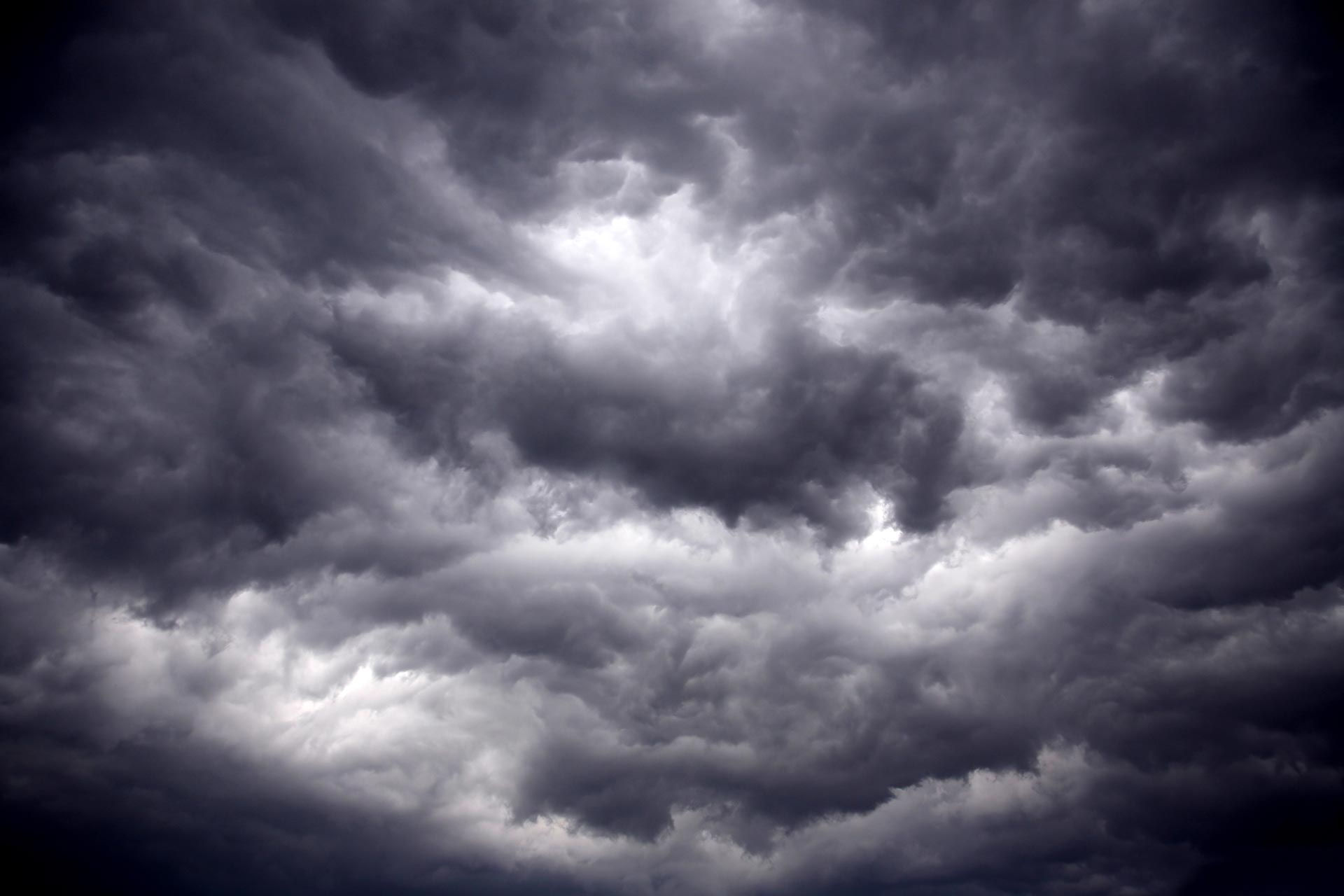FROST ON THE PUMPKIN.....
We're just getting into the swing of fall and now the threat of our first frost is looming. It's a little hard to track when the first "frost" happens because frost can happen at a range of temperatures under the right conditions.
Per the National Weather Service: "Typically, frost can occur when the temperature falls below 36°F, especially in rural areas. It is a localized phenomena and can be quite variable across a small area."
We can track when we typically fall below 32°, which is when frost would be most likely in a widespread area:

For our area this is generally early to mid-October. But it is not uncommon for us to dip into the 30s in late September.
To get frost you need these conditions, this is from the National Weather Service in La Crosse, WI:
Clear skies lead to radiational cooling, allowing the greatest amount of heat to exit into the atmosphere.
Calm to light winds prevent stirring of the atmosphere, which allows a thin layer of super-cooled temperatures to develop at the surface. These super-cooled temperatures can be up to 10 degrees cooler than 4-5 feet above the surface, where observations are typically taken. For example, if conditions are favorable, air temperatures could be 36 F, but the air in contact with the surface could be 30 degrees or colder.
Cool temperatures, with some moisture, that promote ice crystal development. If the super-cooled, freezing temperatures can cool to the dew point (the temperature at which, when cooled to at constant pressure, condensation occurs; moisture will have to come out of the atmosphere as fog, frost, etc) frost could develop on exposed surfaces.
Local topography has a large role in determining if and where frost develops. Cold air will settle in the valleys since it is heavier than warm air, therefore frost conditions are more prone in these regions. Valleys also shelter the area from stronger winds, enhancing the potential for frost.
Clear skies, calm winds, and cool temperatures will be in place in the Upper Midwest this week and lead to the potential for frost. That chance will exist Tuesday night into Wednesday morning:

And again Wednesday night into Thursday morning:

I do think temperatures may be a bit lower than what this model is showing. Regardless, if you have any sensitive plants or flowers you may want to cover them up or bring them in.
As we head into early October there are signs of a warm up on the horizon and temperatures will be running near/above normal:

Stay warm!
RK











Comments